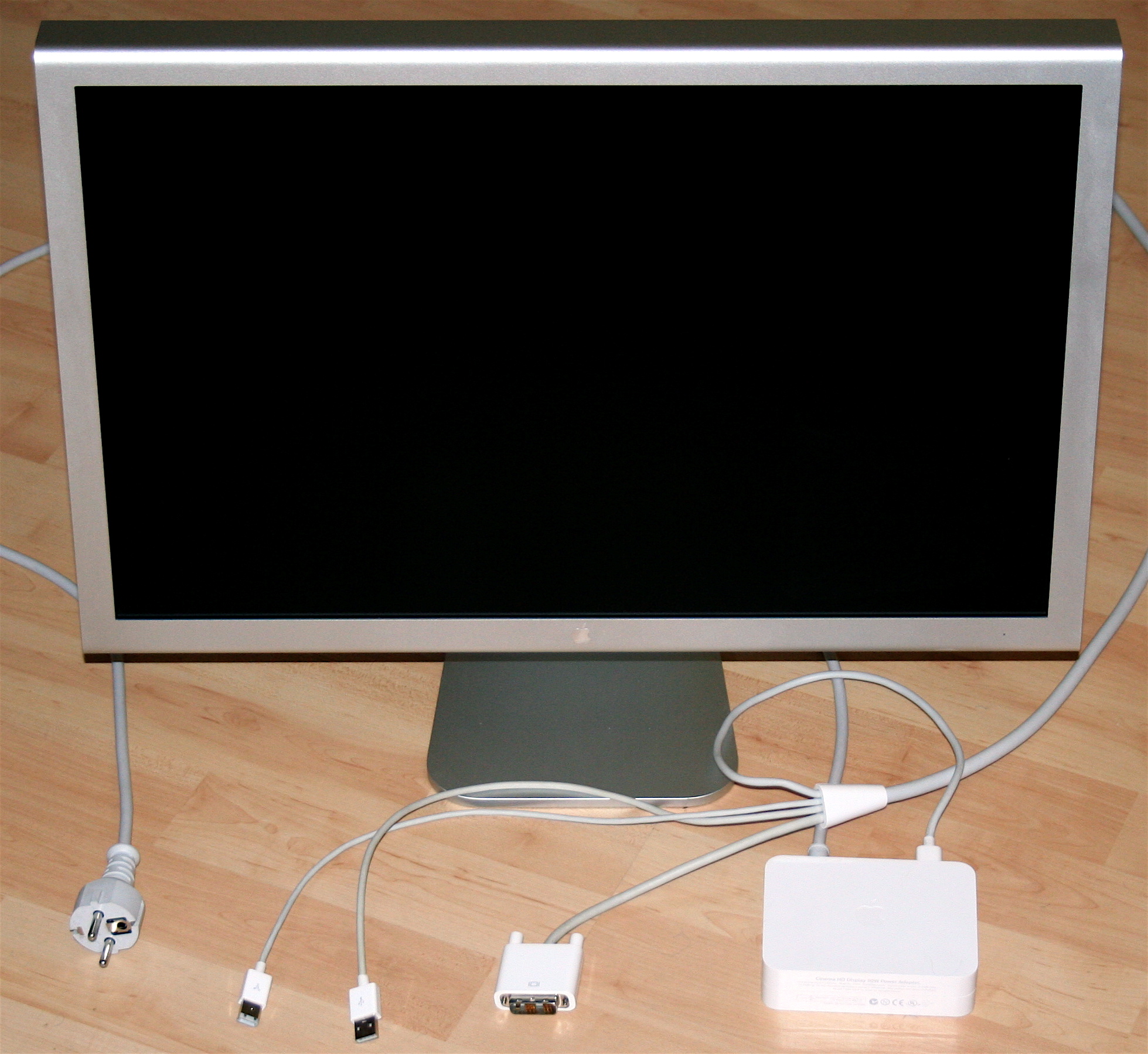The waste, which is increasing at the fastest rate in the European Union, will soon be able to help in the fight against hospital infections - according to scientists from the University of York in England.

The same research team had previously found a method to remove the PVA material from television screens and convert it into a material suitable for the body and use it as tissue scaffolds that help the regrowth of body parts. The substance can also be used in pills and bandages that are designed to deliver drugs to certain areas of the body.
Says one of the researchers: "The impact of LCD screens on modern society is dramatic - there is an estimate that 2.5 billion screens of this type are nearing the end of their use, and they constitute the fastest growing waste in the European Union.
"However, we are able to produce added value for this waste. By heating, then cooling the material, then reacting it with ethanol we are able to produce a porous material with a very high surface area and with great potential for use in biomedicine.
"Now, we have advanced one more step by increasing its anti-bacterial properties by adding silver nanoparticles and we have obtained a system capable of destroying bacterial infections such as that of Escherichia coli and the like. It will be possible to use this material, for example, in cleaning products in the hospital to help reduce infections."
The next steps in this venture will be to test the new material in comparison to existing commercial compounds to determine its relative effectiveness, and to obtain approval from licensing institutions for the safe use of silver nanoparticles for human health applications.
